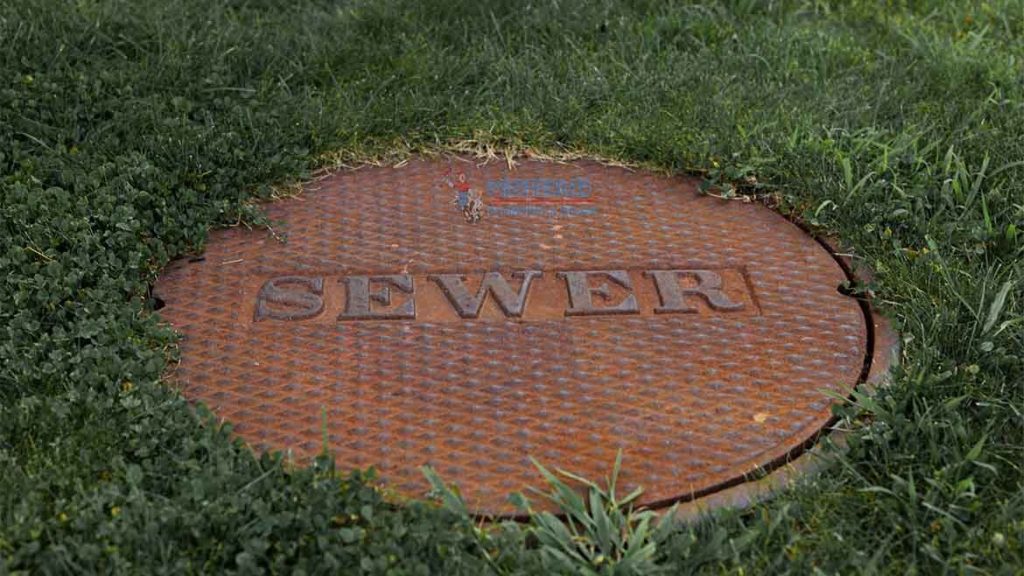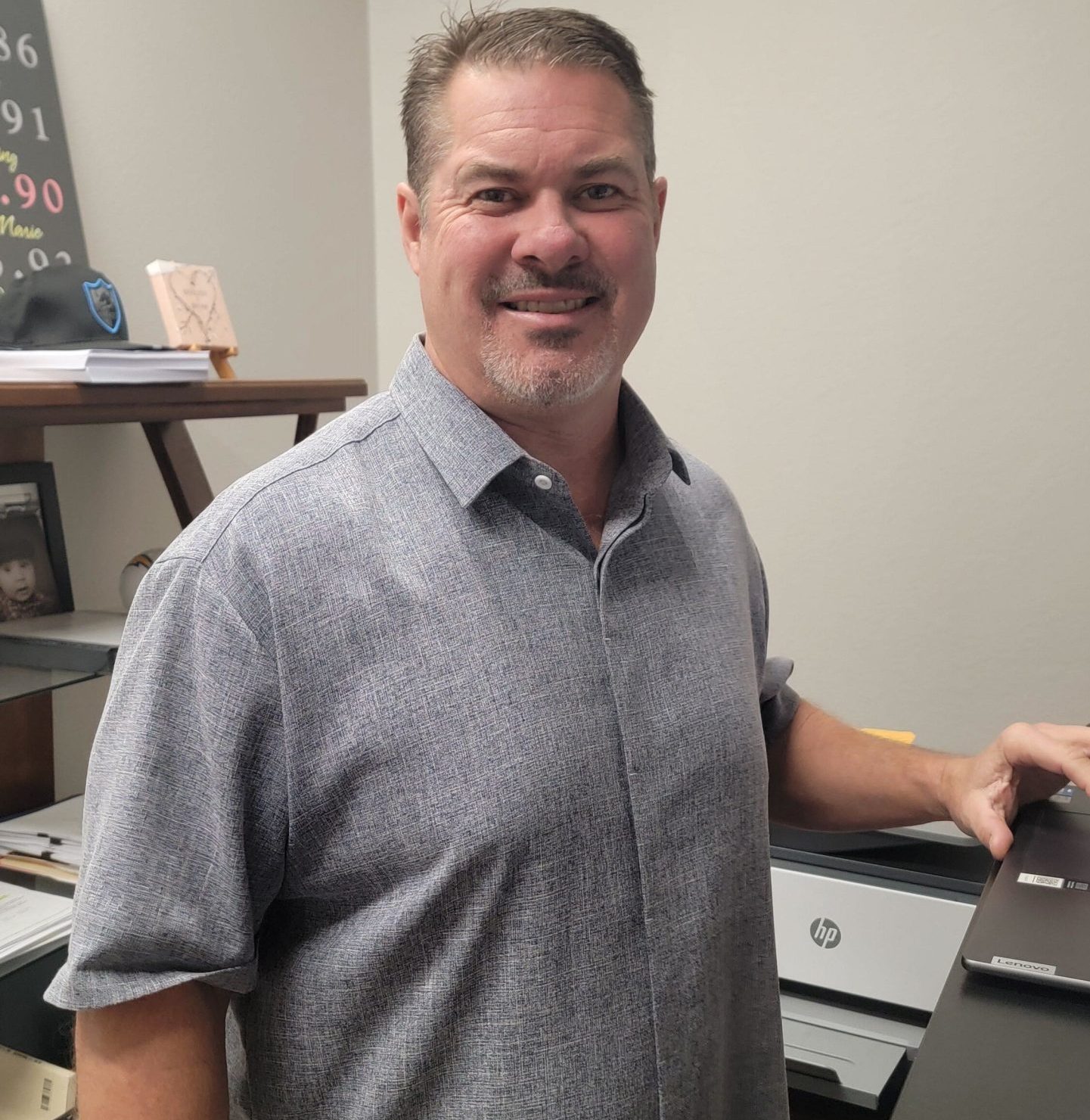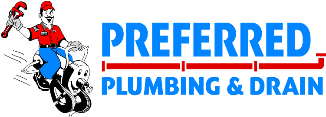
Trap Primers Explained: Prevent Sewer Gas from Entering Your Home
One of the worst feelings while entering a room is when you get a strange smell that you can't quite place. And if it's a sour or sulfur-like smell, then it's even worse, as it can be a sign of sewer gas entering your home.
But there's one small device that can keep this from happening - a trap primer. Its basic job is to keep water in your drain trap so the water seal never dries up and sewer gas doesn't invade your home.
So, if your home's trap primer isn't working, or you're thinking about installing a new one, you need to hire emergency plumbers right away.
Understanding what a trap primer is, how it works, and how it prevents sewer gas from entering your home can help you make the right decision quickly. So, in this blog, we’ve explained it all!
| Avoid Sewer Odors! Call Now! |
What Is a Trap Primer?
You must have seen a plumbing trap under your sink, which is a 'U' or sideways 'P' shape pipe. In some cases, it can be 'J,' 'Q,' or 'S' shaped as well. It always holds a little water, never running out of it whatsoever. And that water creates a strong seal, so sewer smells can't get into your home.
Now, you need to think about a floor drain you rarely use. Over time, the water in that trap can evaporate. When it does, sewer gas can easily enter your home. And that's when a trap primer does its job!
It sends a tiny splash of water into the trap on its own, so the seal never dries up. The trap primer activates when you use water or when pressure or temperature changes, keeping your drains full at all times! This way, this device keeps your home fresh and safe from sewer gases!
How Many Types of Trap Primers are There?
Different types of trap primers work in different ways. So, we've listed some of the most common ones that you might have seen in your home or commercial space.
|
Types of Trap Primers |
How They Work |
| Flow-Activated Primers |
These trigger when you use a nearby faucet, toilet, or shower. Every time water flows, some water goes into the trap on its own. You don’t even notice it, but your drain stays sealed. |
|
Pressure-Sensing Primers |
These detect drops in water pressure when fixtures are used. Once they sense it, they release water into the trap to maintain the seal. |
| Electronic or Timer-Activated Primers |
Perfect for drains that you rarely use. These release water at set intervals, ensuring the trap always has enough water even if you don’t run a faucet for weeks. |
|
Combination Types |
Some systems use a mix of these methods for high-traffic or critical areas, like commercial kitchens or basement floor drains. |
When you install the right type of trap primer for your property with the help of expert plumbers, you won't have to worry about sewer gas sneaking into your home!
When Do You Need a Trap Primer?
Having A Trap primer isn't optional! It's absolutely necessary, especially if you can relate to the following scenarios in your property!
- Floor drains in basements, garages, or utility rooms: If you rarely use them, the water in the trap can dry out.
- Emergency floor drains: Bathrooms or furnace drains that you don’t use often need trap primers.
- Vacation homes or empty properties: When no one is around for weeks, traps can dry up.
- Dry summers: High heat and low humidity increase the process of evaporation, causing the traps to become dry faster.
- Laundry or utility sinks you rarely use: If you don’t run water often, sewer gas can sneak in.
In these cases, you should install a trap primer to keep sewer gas out so that you can have good indoor air quality in your home. Plus, having a trap primer can stop insects and pests from sneaking up through pipes.
If the trap primer stops working, the fumes can affect your lungs, irritate your organs, and also cause other health problems.
Signs You Need to Call Plumbers for Repairing a Trap Primer!
You might think, "When I smell sewer gas inside my home, I'll call a plumber right away." But by then, it can be quite late, and the problem can become too complicated to handle quickly.
That’s why it's best you keep a check on other symptoms to address the issue right away, so you can prevent sewer gas from entering your home in the first place. You need to look for the following signs -
- The trap under a fixture you rarely use is dry (you can test by pouring water in).
- Water isn’t reaching the trap because the primer might be clogged or broken.
- Traps gurgle, bubble, or let air through when fixtures run.
- You have code violations from inspections (for businesses, multi-family units, etc.).
All these can mean something's off with the trap primer. Professional plumbers can inspect and fix the system, or even replace it immediately if needed!
| Need a Trap Primer Installed to Stop Sewer Gas? Call Now! |
Code & Safety Rules - What You Need to Know
If you’re hiring the best plumbers for repairing or installing a trap primer in your home, it helps to know what the rules say about trap primers.
- First, plumbing codes usually require trap primers in certain places, like emergency floor drains or any traps that are likely to dry out. These rules exist to protect you and your home from harmful sewer gases.
- Second, trap primers should also follow industry standards, like ASSE 1018 or ASSE 1044. These certifications make sure the device works properly and keeps your drains sealed at all times.
- Finally, when you’re remodeling or building a new home, the trap primer needs to be easy to access. This way, you can check it, fix it, or replace it without any problem.
Quick Answers To Your Questions on Trap Primers
-
How much does a trap primer cost?
The price usually depends on the type and complexity of the job. Most residential trap primers cost between $50 and $200 (including installation). Commercial or high-end electronic models can cost more. If you want an estimate, you can call professional plumbers right away.
-
How do I maintain my trap primer?
If you do regular maintenance, you can keep it working properly. For this, you should -
- Check for leaks or unusual noises.
- Run water through unused drains regularly.
- Keep the surrounding areas clean.
- Have a professional inspection at least once a year.
-
How do I choose a trap primer?
You need to choose a type that fits your drain use. Plus, you need to check water pressure and local Sacramento codes, and have a licensed plumber install it.
| Prevent Plumbing Issues! Call Now! |
Takeaway
Having a trap primer inside your home can keep sewer gas out by maintaining water in your drain traps. It can help you keep a healthy indoor air quality, protect you and your family members from health issues, and also keep your home fresh.
So, if your trap primer has stopped working or you need to install a new one, you need to contact the best plumbers to take care of it!
|
Area Of Our Plumbing & Drain Services |
||
| Plumbers San Jose | Plumbers Berkley | |
| Plumbers Arden-Arcade | ||
Rely on Preferred Plumbing & Drain For 24/7 Plumbing Solutions in Sacramento
At Preferred Plumbing & Drain, we have over 19 years of experience in providing high-quality plumbing services to our customers. Our affordable prices and fast services always make our customers happy and satisfied.
Plus, we have licensed, bonded, and insured plumbers in Sacramento who can solve all kinds of plumbing issues in your home or business property. Our professional plumbers will come to your property with all the tools needed for the service, usually within one hour after you call us.
Besides trap primer services, you can also call us for sewer line repair, septic repair, full drain cleaning services, water heater repairs, and more.
So, contact us now at 800-414-0340.

Bryan Graves has been in the plumbing and drain cleaning industry since 1989, starting as a service technician. He served as Vice President to the CEO until 2006, which is when he started his own business, Preferred Plumbing & Drain. For the past 19 years, he has kept a 97% customer satisfaction rating by making sure every customer of Preferred Plumbing & Drain is happy enough to recommend us to others. When Bryan is not working, he enjoys spending time with his family, going boating, and watching sports.


 Request a Service
Request a Service